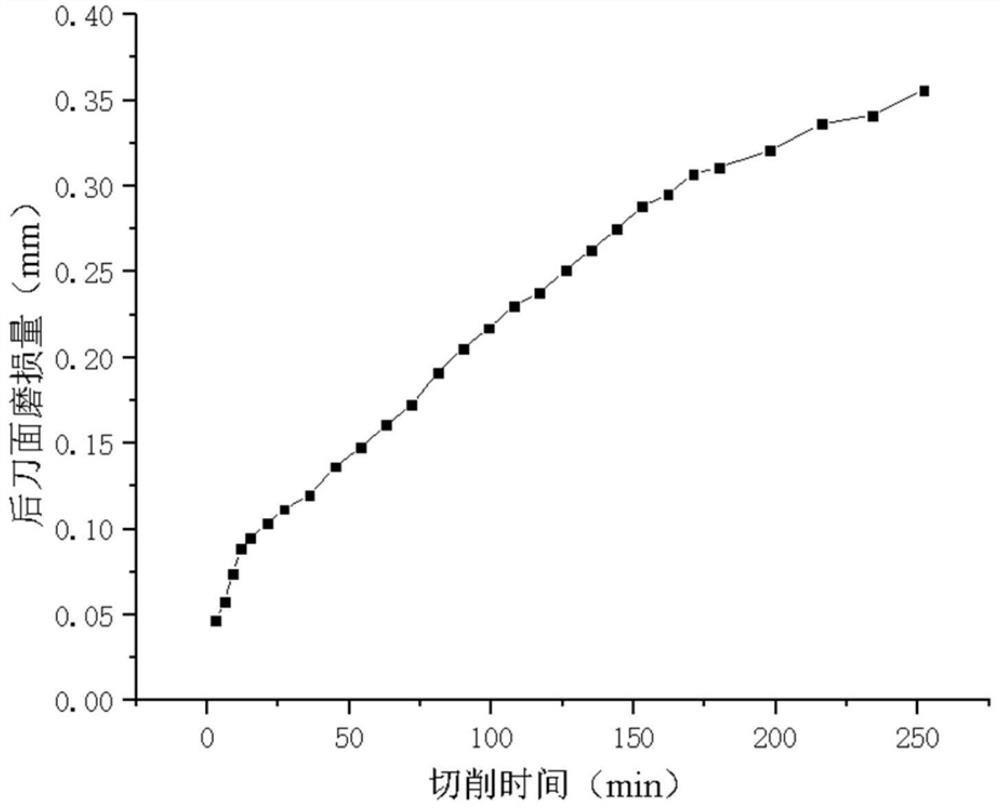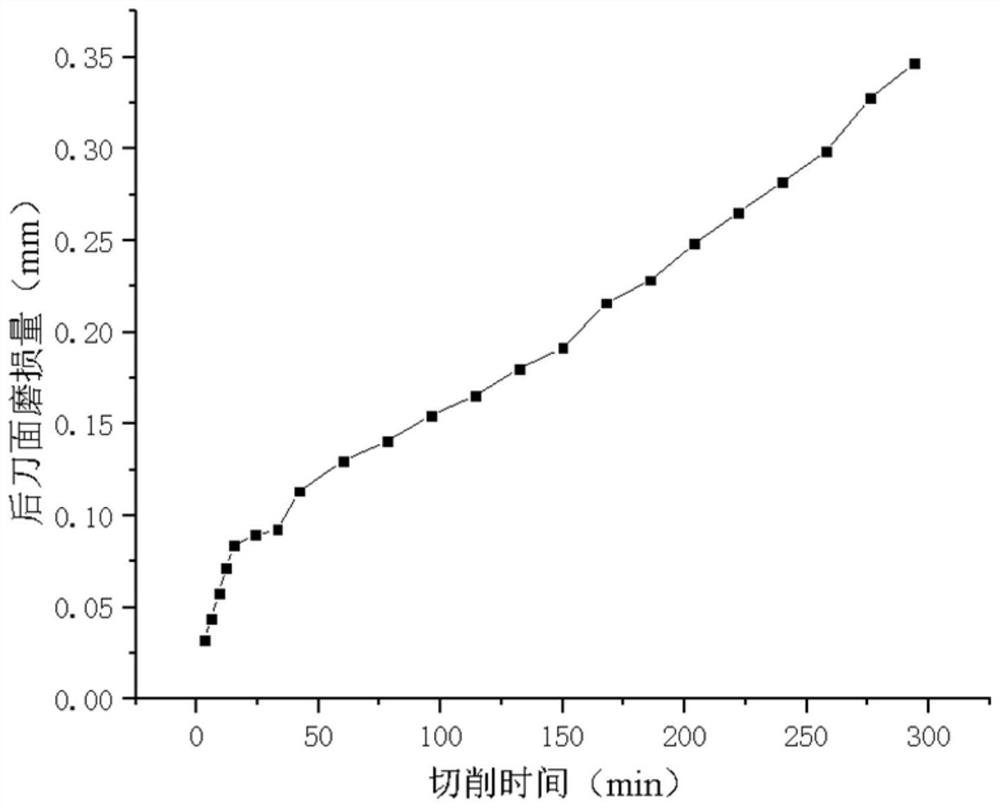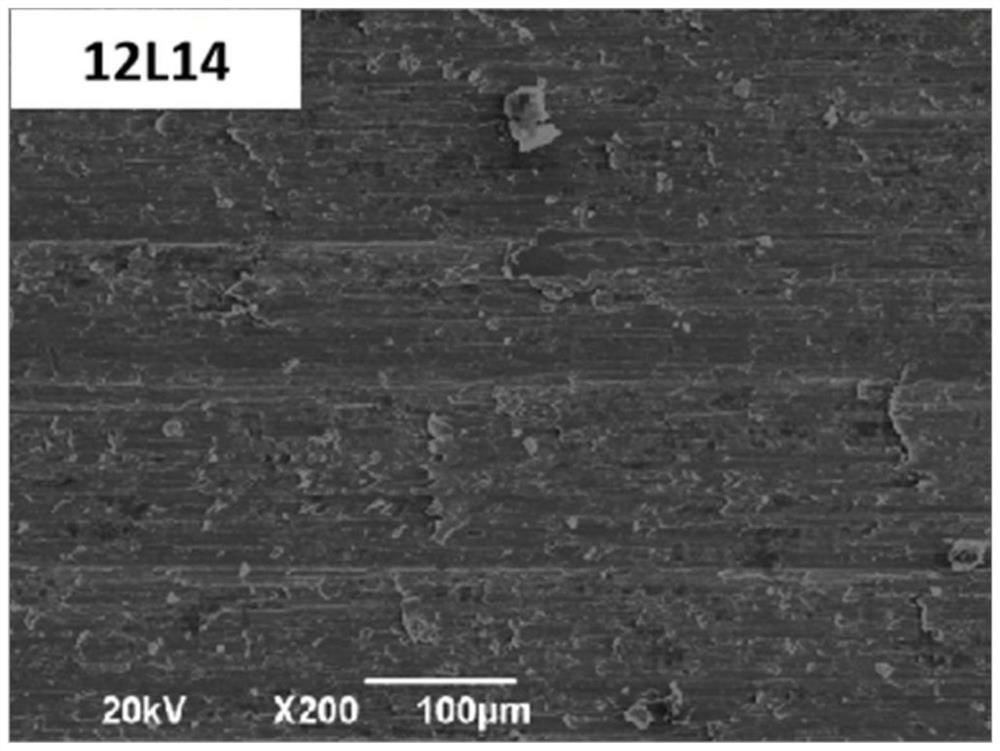Smelting method of lead-tellurium-sulfur composite free-cutting steel
A technology of free-cutting steel and smelting methods, applied in the field of metallurgy, can solve problems such as low melting point and boiling point, easy volatilization in feeding lines, and low yield rate, and achieve uniform composition, improved product surface roughness, and high yield rate. Effect
- Summary
- Abstract
- Description
- Claims
- Application Information
AI Technical Summary
Problems solved by technology
Method used
Image
Examples
Embodiment 1
[0031] Embodiment 1: adopt 60 tons of whole scrap steel electric furnace → LF refining → billet continuous casting process flow to smelt lead-tellurium-sulfur composite free-cutting steel, and its process steps are as follows:
[0032] (1) All-scrap electric furnace smelting, the end-point tapping controls the mass percentage of carbon in molten steel to be C: 0.07%, molten steel temperature: 1633 °C; aluminum precipitation is used for deoxidation during tapping, and the oxygen activity of molten steel is 15ppm when molten steel arrives at the LF refining station ;
[0033] (2) LF refining, adding ferromanganese and ferric sulfur to molten steel, adjusting the content of C, Si, Mn, Cu, P, S elements to the control range, feeding aluminum wire into molten steel, adding silicon carbide to the slag surface indirectly Deoxidation, refining slag basicity R is 3.8, the mass percentage of each element in the molten steel sampled in the LF refining process is shown in the following ta...
example 2
[0044] Example 2: The lead-tellurium-sulfur composite free-cutting steel is smelted by using a 60-ton all-scrap electric furnace → LF refining → billet continuous casting process. The process steps are as follows:
[0045] (1) All-scrap electric furnace smelting, the end-point tapping controls the mass percentage of carbon elements in molten steel to be C: 0.03%, molten steel temperature: 1643 °C; aluminum precipitation is used for deoxidation during tapping, and the oxygen activity of molten steel when molten steel arrives at the LF refining station: 18ppm ;
[0046] (2) LF refining adjusts the content of C, Si, Mn, Cu, P, S elements to the control range, adds silicon carbide to the slag surface for indirect deoxidation, refining slag basicity R = 3.3, the mass percentage of each element in the molten steel sampled during LF refining as shown in the table;
[0047] Sampling location C Si Mn P S Alt Electric furnace end point 0.03 0.00 0.05 0.013 ...
PUM
 Login to view more
Login to view more Abstract
Description
Claims
Application Information
 Login to view more
Login to view more - R&D Engineer
- R&D Manager
- IP Professional
- Industry Leading Data Capabilities
- Powerful AI technology
- Patent DNA Extraction
Browse by: Latest US Patents, China's latest patents, Technical Efficacy Thesaurus, Application Domain, Technology Topic.
© 2024 PatSnap. All rights reserved.Legal|Privacy policy|Modern Slavery Act Transparency Statement|Sitemap



